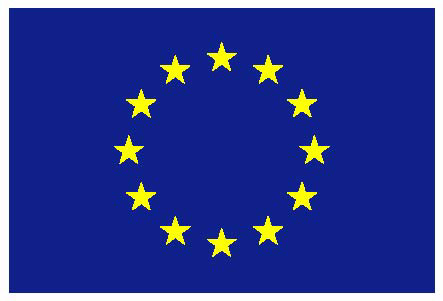Skyrmions in a doped antiferromagnet
A remarkable manifestation of complexity in magnetic systems is the emergence of topologically nontrivial arrangements of spins, such as skyrmions. These are “knots” in an otherwise ordered spin texture, which behave as excitations with particlelike properties. Skyrmions are stabilized by a magnetic field B in several ferromagnetic (FM) metals, where they manifest themselves in the electronic transport, or they form a detectable periodic skyrmion lattice. Skyrmions have been predicted to emerge also in the ground state of doped antiferromagnetic (AFM) insulators, but the identification of such isolated skyrmions is a challenge. Neutron scattering, for example, would not be a definitive probe, since skyrmions here do not form a lattice, while their possible signatures on transport may be screened by the insulating character of the carriers.
In a FM system, a charge carrier with the spin aligned to the magnetic background preserves its metallic character with a mass renormalization due to scattering by low energy spin waves. Thus, the more complex spin excitations associated with topologically nontrivial magnetic textures have characteristic signatures in transport. This is indeed the case for skyrmions in the polarized quantum Hall state of a two-dimensional electron gas, in colossal magnetoresistance (MR) manganites, and in the three-dimensional FM MnSi. In a doped AFM insulator, the description of transport is complex already in the topologically trivial AFM ground state, since the carriers cannot move without inducing spin-flip scattering. If, however, the external B field causes a change in transport that depends on the configuration of the spin background, the MR becomes a key probe to identify signatures of anomalous spin textures. This situation can be realized in the AFM insulator La2CuO4, lightly hole doped with Li. Here we show that the striking nonmonotonic temperature (T ) dependence of the MR step associated with a B-induced magnetic transition is consistent with the skyrmion formation.
More details can be read in: Phys. Rev. Lett. 106, 227206 (2011)






